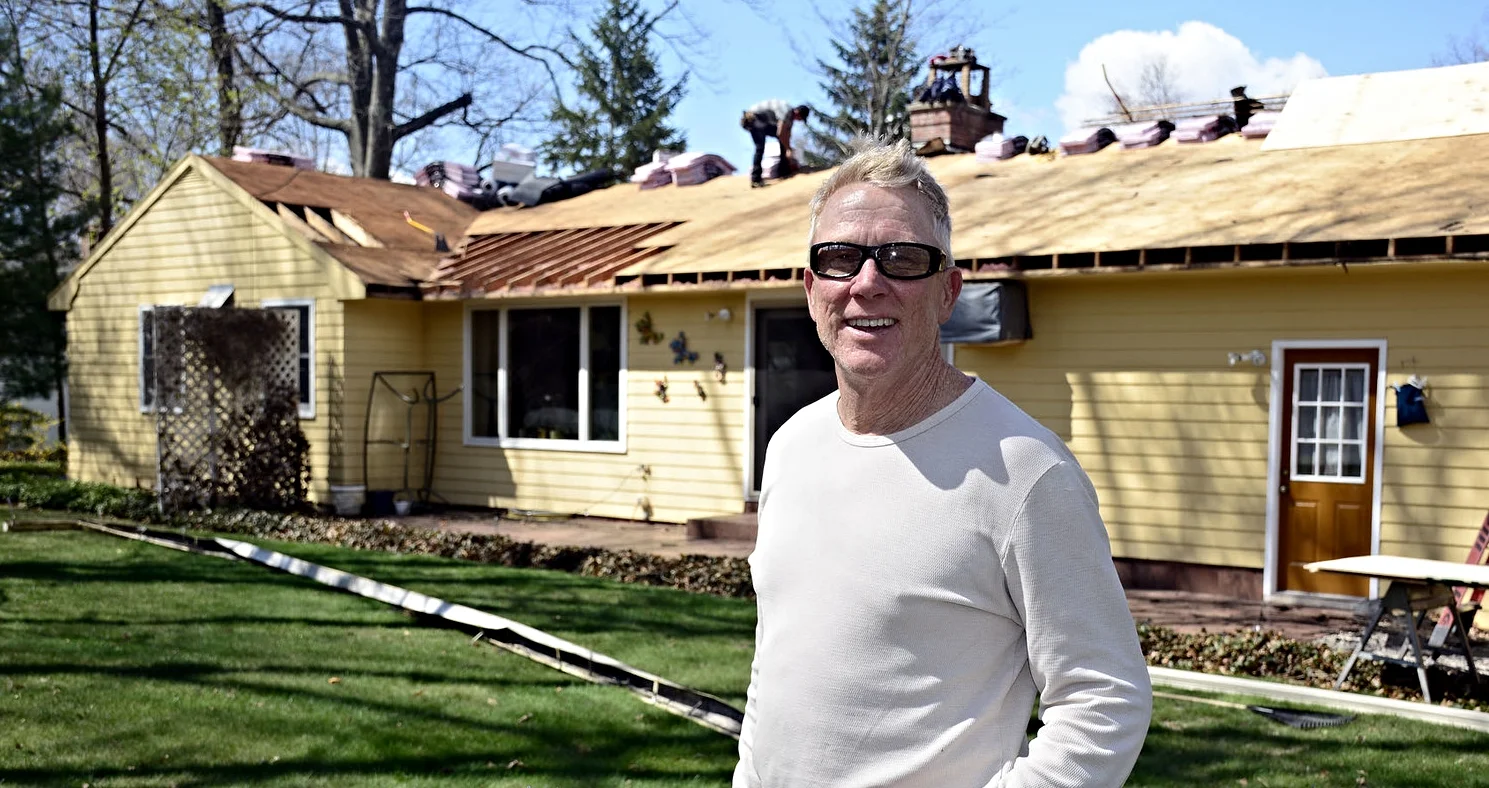A Spring Cleaning List to Tackle Your Home
Chelsea O'Donnell
Even though today isn’t much of an indication, it seems like the warmer weather should finally be arriving, which means that it’s time to dedicate a weekend on your calendar to a spring house cleaning.
Spring cleaning is a dreaded task for many people, but I think it’s a great opportunity to go through your home and look for any small problems or maintenance issues that can cause you headaches in the future. I also use it as a time to sort through closets and storage to donate clothes, sports equipment, and tools that I haven’t used in awhile. But when it comes to cleaning, there are a few places around the house that might get missed in your more regularly scheduled tidying up. Here’s a list to help you tackle this tough project:
Windows: You might give the insides a friendly wipe down all through the year, but cleaning the outside of your windows is a smart job to tackle now, especially if you live near the road or a high traffic area. Getting to second-floor windows might take some work on a ladder, so use caution and take your time.
Cabinets: From afar they probably look clean, but they are most likely splattered with cooking oil, tomato sauce, and all those yummy soups and stews you’ve been whipping up all winter. Use a cabinet cream to remove all the built-up gunk while conditioning the wood at the same time. I like the Parker & Bailey version.
Appliances: Just like the cabinets, your appliances can get streaked and spotted with cooking remnants, so give them a good wipe down to keep them looking like new. If you have stainless steel, make sure you look for a proper polish like this one from Weiman, or if you want to DIY it with a non-toxic solution, you can use a mixture of vinegar and oil.
Countertops: Have you notice stains on your granite? This is a surefire sign that they aren’t sealed properly. When you have them installed, make sure they are treated with a sealant a few times, and then make it a once a year project. If water or liquid forms a bead on the surface of the counter, you’re good to go.
Dishwasher: You might think this appliance is the cleanest place in your kitchen but smelly food particles can get stuck to its interior, which can then end up back on your dishes. Remove any large pieces of debris from the bottom of the dishwasher and then run it on the specialty cycle using a special dishwasher cleaning liquid.
Wood Floors: If you’re vacuuming and mopping your floors every week, this cleaning routine might be doing them more harm than good. Wood needs to be conditioned in order to help it retain its normal levels of moisture. Nix the wet washing and try applying a wax sealant every few months to keep them looking shiny and new. There are different types of waxes depending on the type of wood you’re dealing with, so pop into a home improvement store and ask a professional for some advice before tackling the job.
Bob O’Donnell is the owner of O’Donnell Bros. Inc., a Bristol-based home improvement company established in 1975. Email your questions for Bob to info@odonnellbros.com with the subject line “Ask the Pro.” All questions may be considered for publication. To contact Bob for your remodeling needs, call O’Donnell Bros. Inc. at (860) 589-5155 or visit http://www.odonnellbros.com. Advice is for guidance only.
